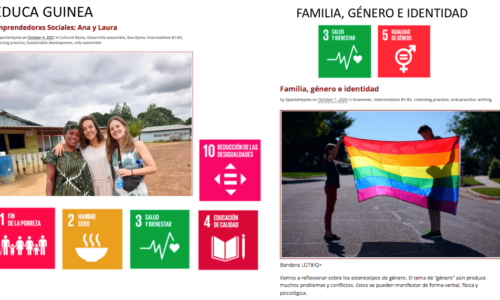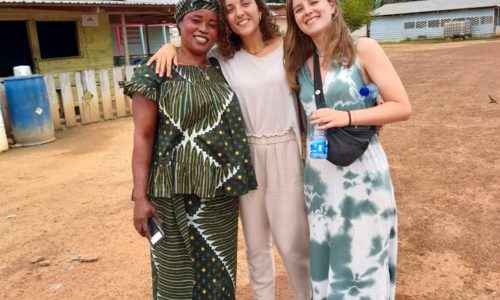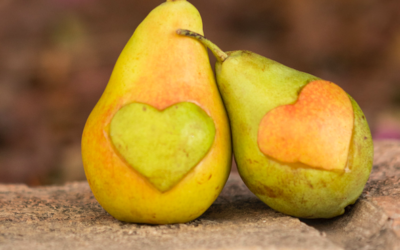
Ekeko, the god of abundance and prosperity. Have you ever heard of this god before? I hadn’t, but thanks to Verónica Nicoli and her photos, which she has kindly contributed with to this post, I can now tell you about this tradition.
Perhaps, by the time you finish reading, you decide that Ekeko could be of some help some time in the future. With a more linguistically-oriented take, you may also
- compare this tradition with some other you know, equally striking and unusual. Or…
- you could try your hand at translating this text into Spanish, for the sake of practising, and learning some useful words in the process.
The Ekeko is closely connected to the Las Alasitas Festival, where he is being honored and celebrated. Verónica quoted from this source an interesting summary of what La Feria de las Alasitas is:
“At noon on January 24, the Alasitas Festival begins in the city of La Paz, Bolivia, and people buy what they want in real life for that year. Those who intend to build their home buy tiny roofs and bricks.

Students may obtain a bachelor’s or a professional degree. Mothers get food and household furniture. The family’s dreams of prosperity are forged by the purchase of small notes with no legal value as currency, which serve to imagine that you can buy everything one would like to have. It is the Fair of the small things, but with the hope that they become real objects with the help of Ekeko.

The peculiarity of the Alasitas Fair is this huge gathering of small hand-crafted objects. These small works copy objects of real size, such as houses, vehicles, groceries, food, tools, musical instruments, etc.

People who buy the objects have the belief that the miniatures purchased will become real during the year, when eventually, thanks to the god of good fortune, they will be acquiring the dreamlike objects in natural size.
Other visitors to the Fair are looking for land, vehicles, technical or professional titles, equipment or tools, computers, cell phones, travel tickets, passports, etc.”

The Alasita suits everybody’s needs. If you ever happen to go to this festival do not forget to buy some miniature versions of goods to give to others, in the hope that the recipient will receive the real thing during the coming year. It is a kind of delayed Christmas with imprecise dates and consequences, as you have a whole year in front of you to find out what is to happen to your hopes for some presents to materialise. What locals would tell you reassuringly is that if you really believe it, it will happen.

photo by Verónica Nicoli
As for the Ekeko, from the original term Ekhako or Eqaqo, and popularized as Ekhekho, he is tightly linked to the Aymara culture, as its god of abundance. There are legends about Ekeko and perhaps you would like to read about one of them. The Aymara inhabited land now largely incorporated to some modern South American countries, comprising northern Chile, Argentina, Peru and Bolivia. About 1 million Aymara people live at present in Bolivia, Peru and Chile. Alasita is believed to come from the Aymara word Chhalasita, the name of an event in the harvest season when people prayed for good crops and exchanged basic goods.
There are some discrepancies as for when the Ekeko settled into its present form: usually the figure of a man with a mustache wearing traditional Andean clothes and loaded with all sort of goods. However, there is agreement among historians that the concept of exchange and the offering of miniatures to a god of abundance goes back to the pre-Inca Tiwanaku culture of Bolivia. The Tiwanaku Empire went from approximately 550 to 1000 AD, so we are talking about quite a while ago.

An offering and a blessing are generally required if you really want Ekeko to provide his services. This can be either done by the Catholic priests in La Paz’ Cathedral, or by Andean priests – amautas or yatiris – who chant incantations amid a cloud of incense emanating from little coal burners at their feet.
Verónica Nicoli, from Argentina, has collaborated with Spanish Bytes in the production of this content. Many thanks Verónica!















No comments yet.